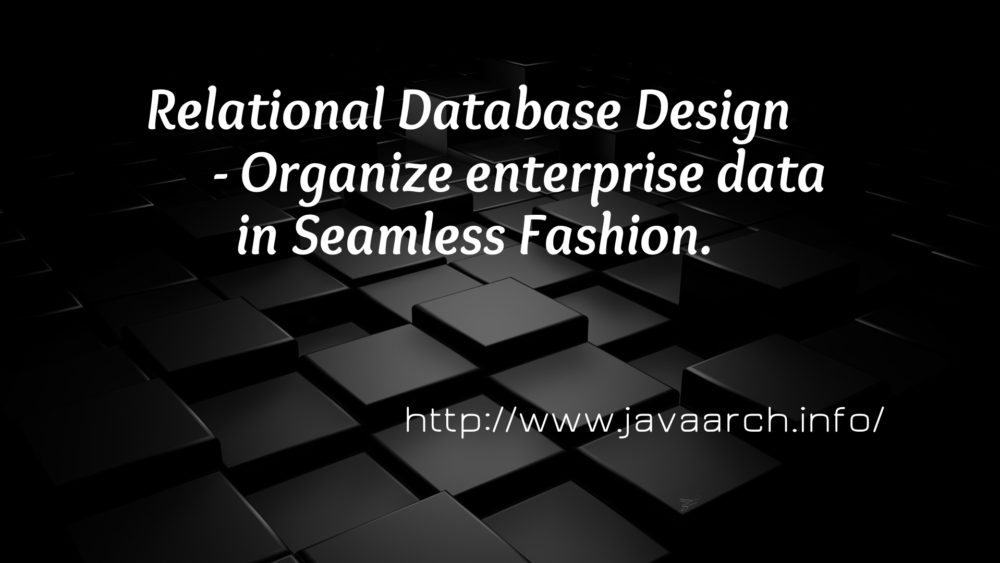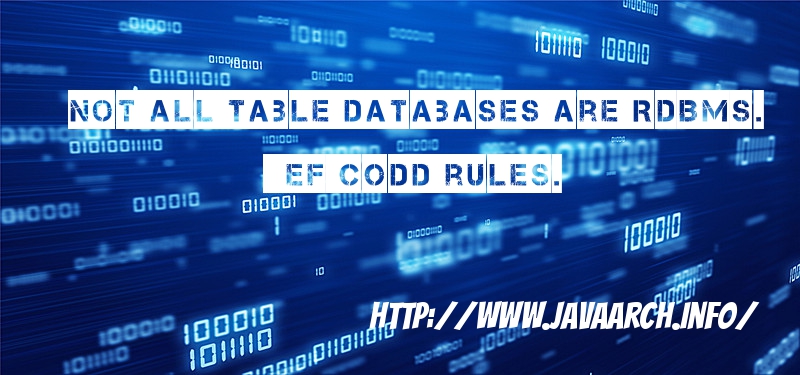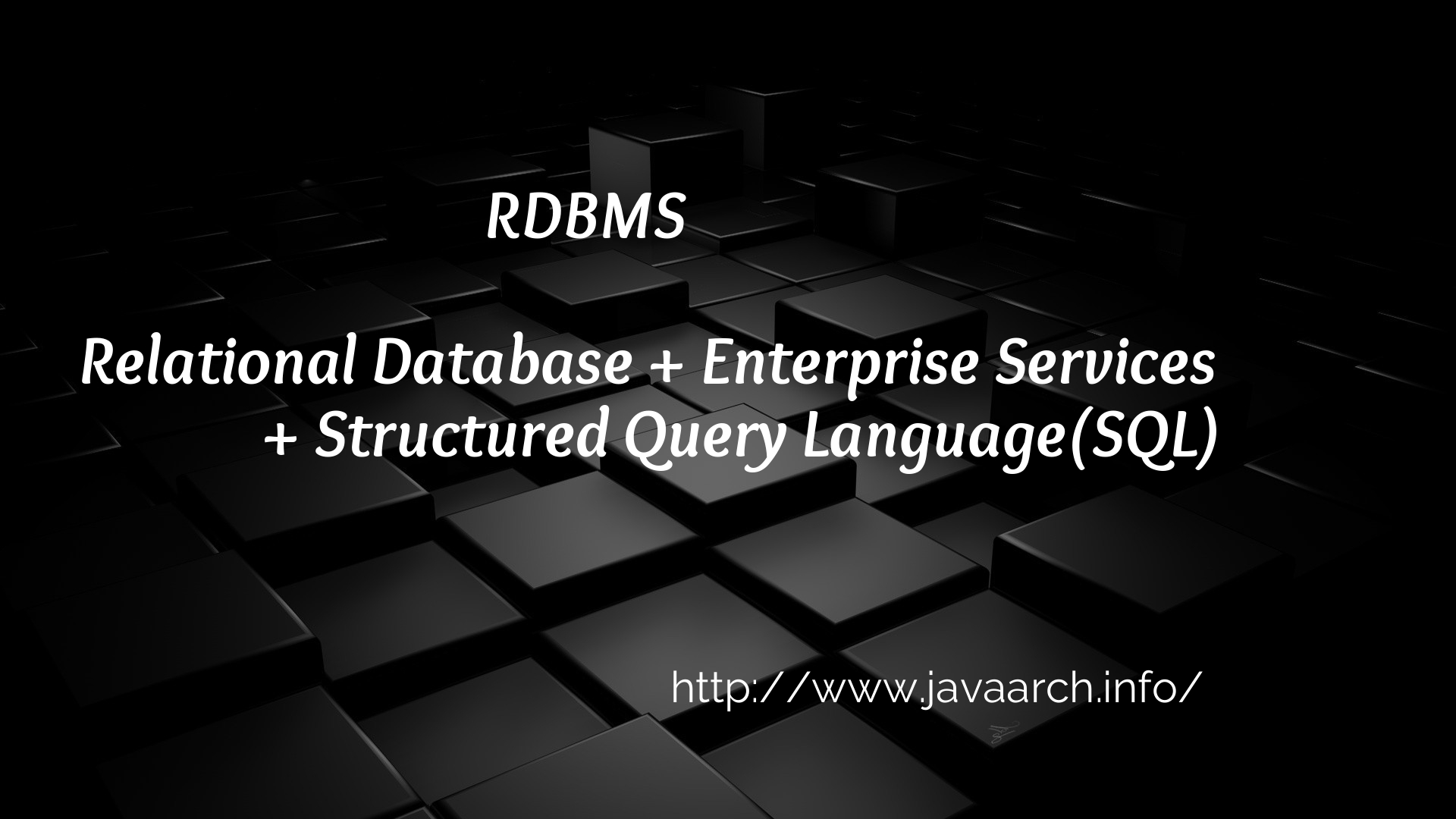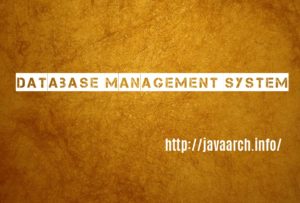Organize enterprise data in Seamless Fashion. Relational Database Design.

Data is everywhere, it is growing in manifold. In this digital era, data must be stored in organized fashion for easy management and retrieval. Managing the enterprise information in digital format, helps us to improve the productivity and to get better insights from data. Enterprise data is massive and significant. We have to manage inventory, employee information, sales, purchase, order, order history and transaction in each department. We should organize the data in a way it is easy to manage, easy to get value from data,easy to understand. The best design to organize the Enterprise data is “Relational Database Design”.
A design dominate the digital industry for 40 years, Relational Database Design.
Relational databases helps to organize the data as same as real world objects such as Employee, Branch and Department. Relational database has Entities, Attributes, Relationship(Among Entities) and Constraints.
Entities : An entity is representative of real world objects in the relational database such as Employee, Department,Office,Customer.
Attributes : An entity is designed with set of attributes. Attributes represents the property of the entities such as SSN, name of Employee Entity.
Relationship : A relationship is an association among two or more entities. For example, Customer has a account. Has a is a relationship between Customer and Account entities. Relationship reflects the association of objects in logical way.
Constraints : Constraints to validate the data of the attributes. For example, age of the employee should not be more than 100. Employee SSN should be valid format. Constraints help us to check authenticity of the values.
Design your organize data as entities, attributes, relationship and constraints. You can represent the design conceptually by UML diagrams such as ER diagram. After we confirm the design, design the physical schema in relational database management system.
One million Employees, One million Customers, one Database. Relational Database.
Relational Design to Physical Schema:
After analyze and design the relational database design, it is time to design the physical schema in the RDBMS such as Oracle, MySQL, Postgresql or MS SQL Server. All the relational databases are logically same. Understanding of one of RDBMS is sufficient to work on all other RDBMS. Respect to database design and SQL, all the RDBMS shares same behaviour with minor difference in data types and keywords such as datetime. You can decide your own choice of database to learn RDBMS. I prefer Oracle as it is dominant in the industry and it is more powerful.
Let us map the relational database design into physical design in RDBMS.
Entities : Tables
Attributes : Columns in Entity
Relationship : Column in Entity or New Table
Constraints : Primary keys, Foreign key, Unique key, Not null and check constraints in Oracle.
Just the above 4 components builds and organize the data in great way. The RDBMS manages the transaction management,handle system failures, revert failure transaction, handle incomplete transactions.
One Billion Bank customers, Billions of Moderate Transactions. One Management Solution. RDBMS.
Discussed on building blocks of relational database. It is good start for relational database design. We would discuss how to design the database from real time entities. Identifying the tables, relationships and attributes of the design. Stay Tuned !!


